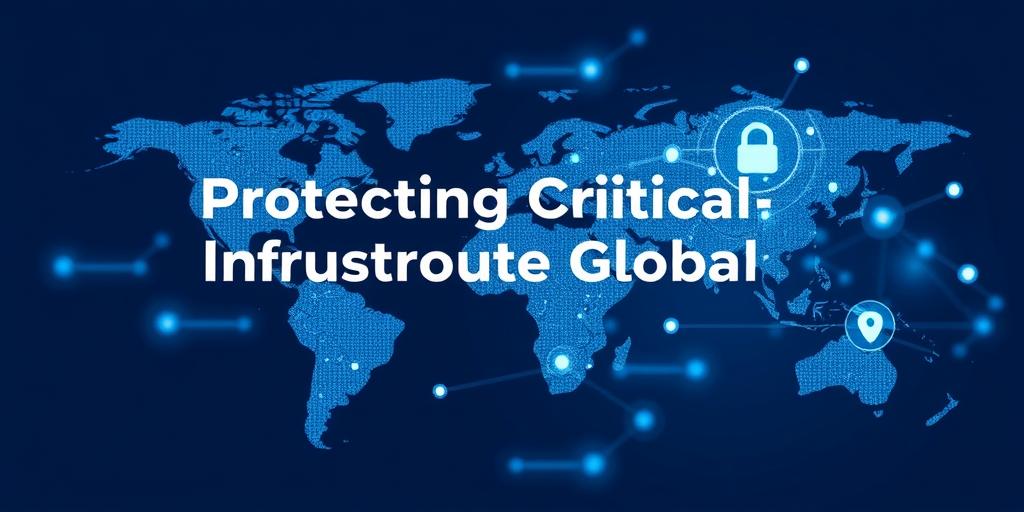In an increasingly interconnected world, the protection of critical infrastructure has become a paramount concern for nations globally. Critical infrastructure, which includes essential facilities and systems necessary for the functioning of a society and economy, faces a multitude of threats ranging from cyberattacks to physical disruptions. Safeguarding these assets is vital for national security, public safety, and economic stability.
Defining Critical Infrastructure
Critical infrastructure encompasses a wide array of sectors, including energy, water, transportation, communication, healthcare, and finance. These systems are interconnected and interdependent, meaning that a disruption in one sector can have cascading effects on others. For example, a cyberattack on a power grid could disrupt electricity supply, affecting hospitals, transportation networks, and communication systems.
Global Threats to Critical Infrastructure
Critical infrastructure faces a complex and evolving threat landscape. Cyberattacks, such as ransomware and malware, pose a significant risk to digital control systems and data networks. State-sponsored actors, terrorist groups, and criminal organizations may seek to disrupt or sabotage critical infrastructure for political or financial gain. Physical threats, such as natural disasters, extreme weather events, and acts of sabotage, can also cause significant damage and disruption.
International Cooperation
Given the transnational nature of many threats to critical infrastructure, international cooperation is essential. Nations must work together to share information, coordinate responses, and develop common standards for cybersecurity and infrastructure protection. Organizations like the United Nations, the European Union, and the North Atlantic Treaty Organization (NATO) play a crucial role in fostering international cooperation on critical infrastructure protection.
National Strategies and Regulations
Many countries have developed national strategies and regulations to protect critical infrastructure. These frameworks typically involve identifying critical assets, assessing vulnerabilities, implementing security measures, and establishing incident response plans. Governments often work in partnership with private sector owners and operators of critical infrastructure to enhance security and resilience.
Technological Solutions for Infrastructure Protection
Advancements in technology offer new opportunities to enhance the protection of critical infrastructure. Smart sensors, artificial intelligence (AI), and machine learning can be used to monitor infrastructure, detect anomalies, and predict potential threats. Cybersecurity solutions, such as intrusion detection systems and firewalls, are essential for protecting digital control systems and data networks.
Protecting critical infrastructure is a shared responsibility that requires collaboration between governments, private sector organizations, and individuals. By working together, we can enhance the security and resilience of critical infrastructure, ensuring the continued functioning of our societies and economies.
Long-tail keyword variations:
- Securing global critical infrastructure
- Cybersecurity for critical infrastructure worldwide
- International cooperation in infrastructure protection
- Threats to critical infrastructure globally
- National strategies for infrastructure resilience









